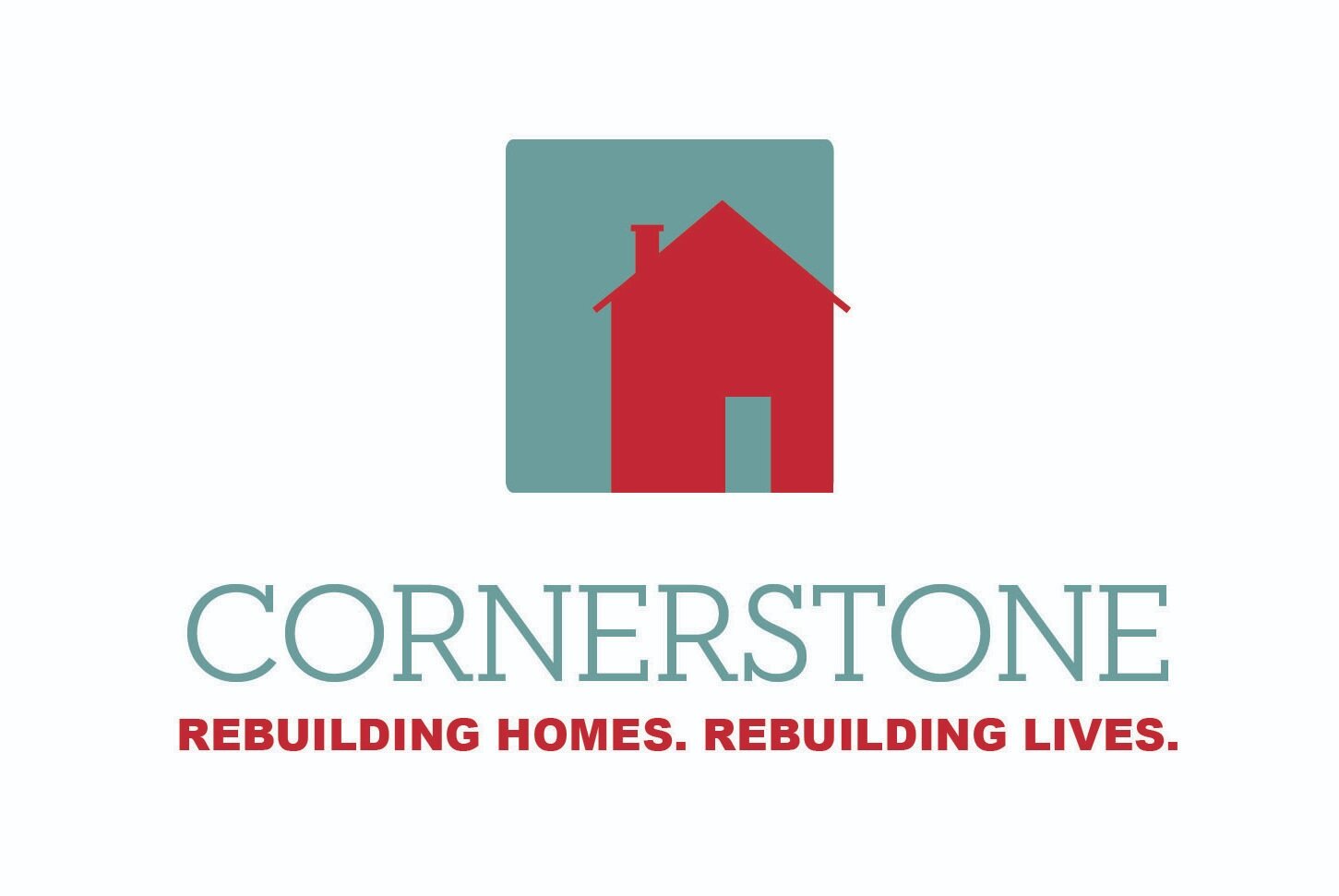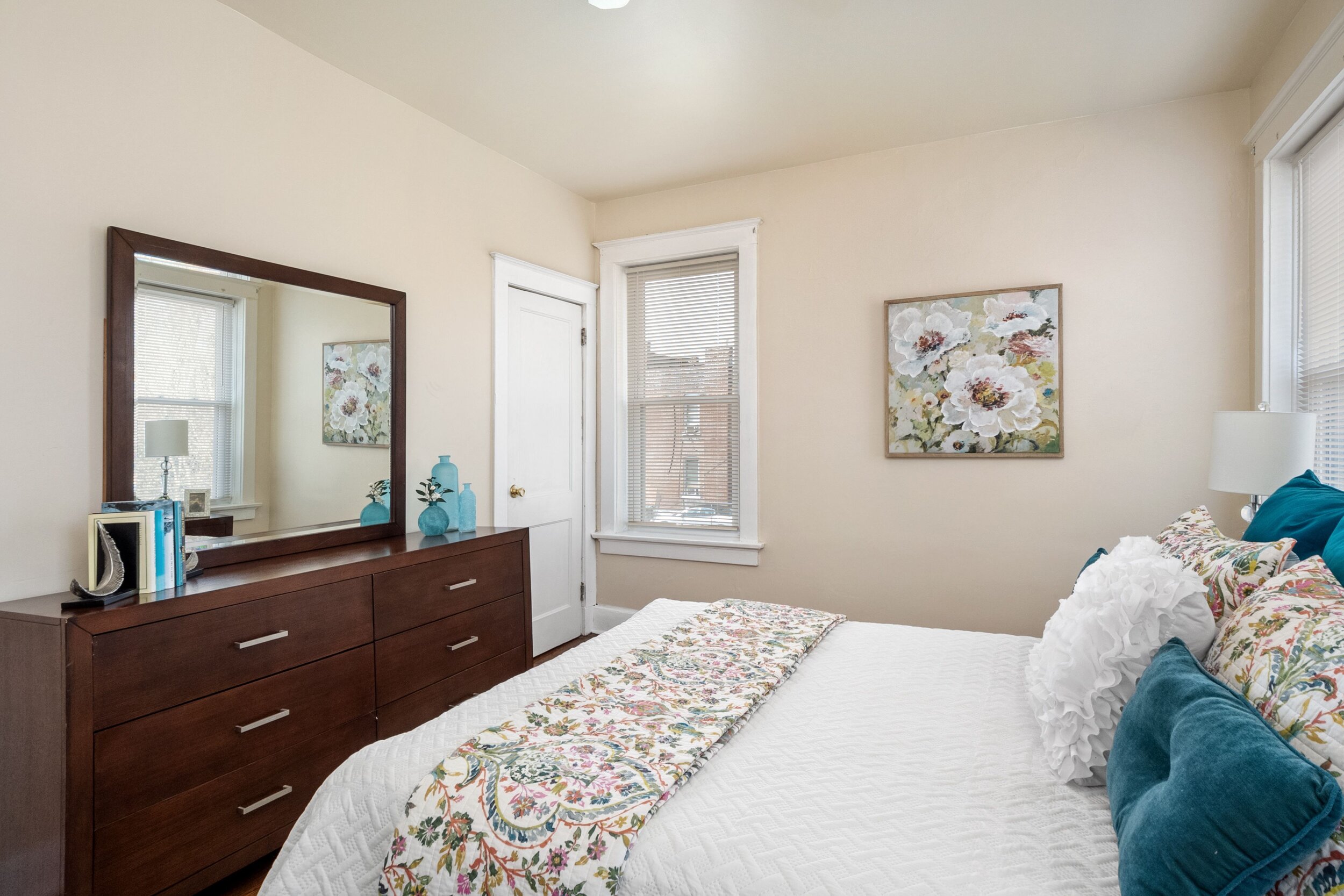It was my senior year of college and I confessed to my mother that I wanted to go into full-time ministry. “I want to help our community,” I cried to my mother, a hard working immigrant who had invested thousands in my education up until that point. Her response to my cry to help our neighborhood?
“Well, you start with this house.”
See, like many single working parents, my mother understood that money could buy you a measure of contentment. It may be altruistic to pretend money has no bearing on happiness, but those without it, often beg to differ. When you have an experience of poverty, especially in the Land of Opportunity (America), it can feel like a mark against your character. To add insult to injury, being part of the working poor often means working twice as hard and earning half as much. The modern, but now dated, saying that “Beyonce has the same 24 hours as you do,” becomes hard to swallow when you are working 16 hour shifts to keep a roof over your head. My mother knew the feeling, and wanted something different for her child.
This captures the essence of economic mobility — the ability to move out of poverty in one generation. Though we, at Cornerstone CDC, respect the fact that it’ll take more than emergency savings to heal from money trauma and break through generational curses, we see it as a seed.
The “In the Black” Fellows program is a 9-month matching savings program for the mothers and babies of the West End & Visitation Park. It is a love letter of sorts to those want to “start with this house,” and need a little boost on their journey to financial wholeness.
I did end up doing full-time ministry, and was able to explain the “In the Black” Fellows program to my mother who is here visiting from out of town, and you know what she said?
“Dang, I wish I lived in your community.”
So, to the mothers who are also dreamers, we encourage you to check out the “In the Black” Fellows program.
The West End should not grow without you.
The Executive Director, Monique, being cradled by her young mother, the hard working dreamer.
















